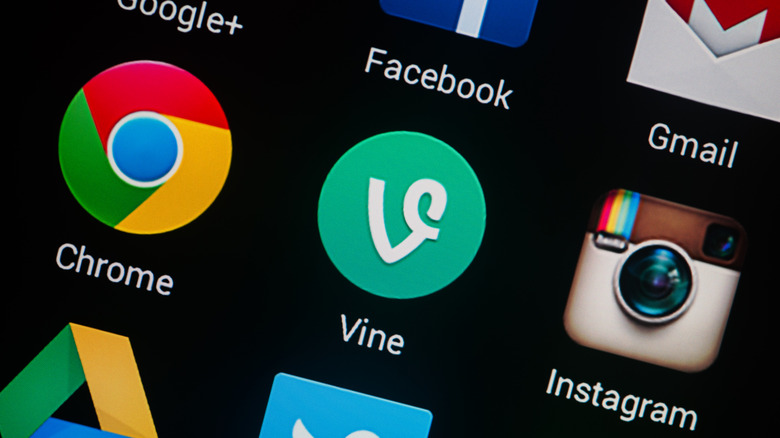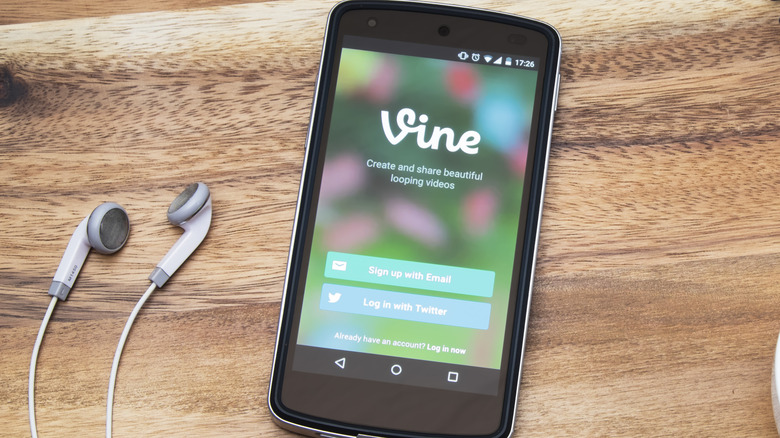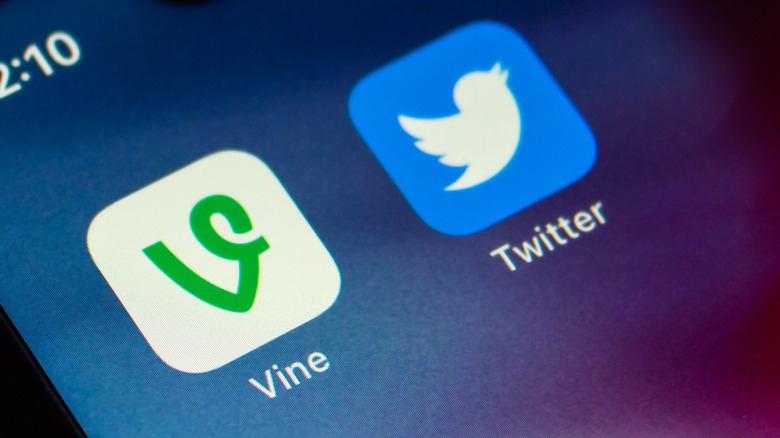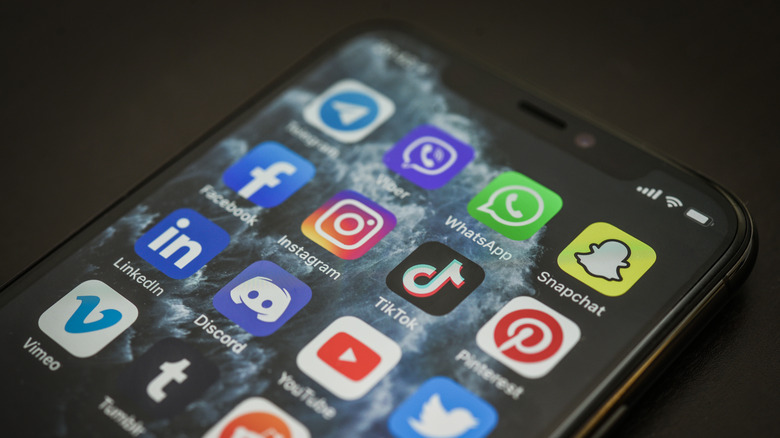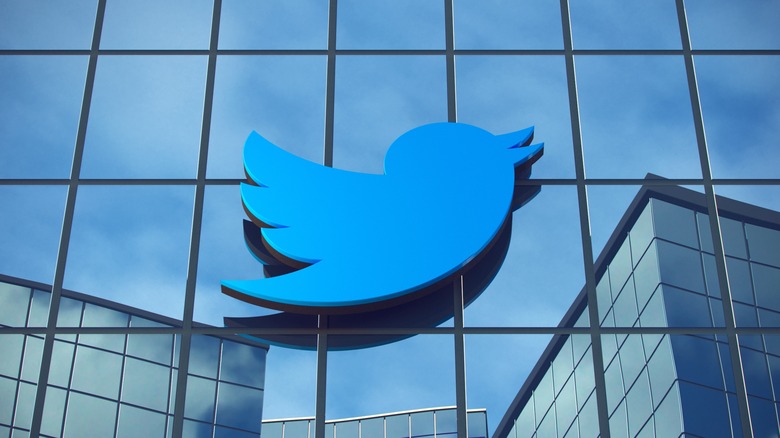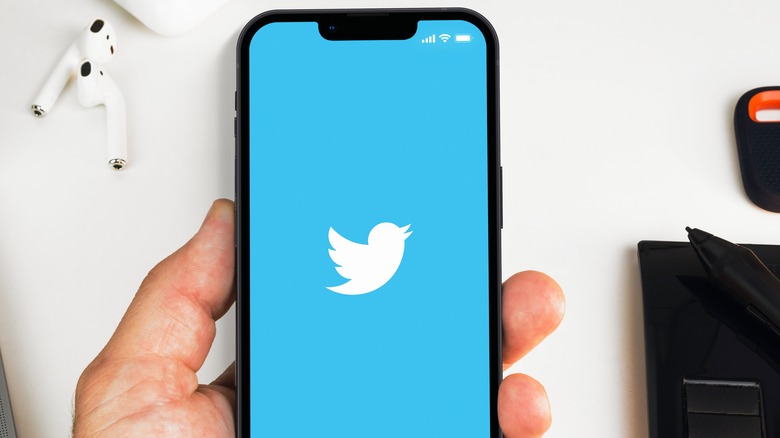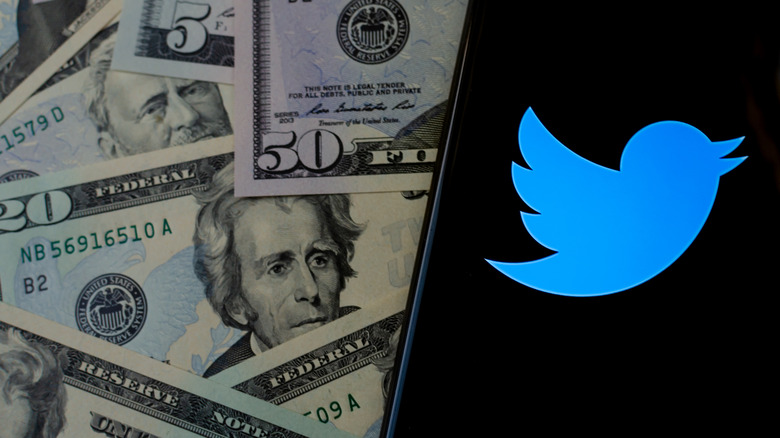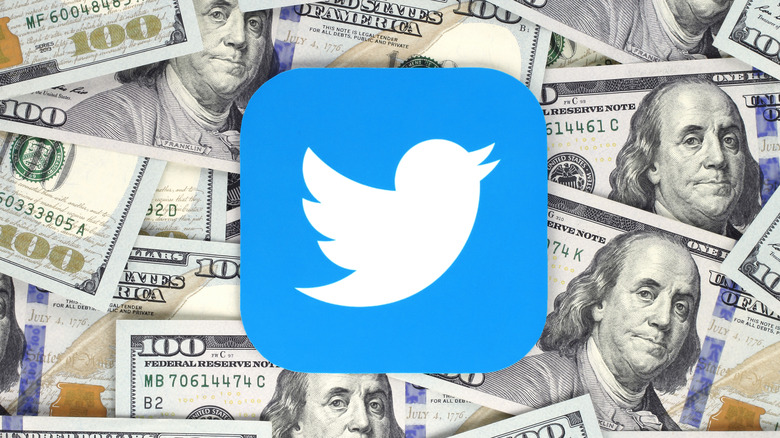Twitter Says It Wants Vine Back, But Can It Be Done?
Elon Musk wants to bring back Vine, the short-lived social media platform that allowed users to post looping six-second videos that quickly became viral. However, Twitter's new CEO isn't reviving Vine because he has been bitten by the nostalgia bug. Instead, Musk has set his sight on TikTok and YouTube and wants to turn Vine into a legitimate money-maker for the company, complete with a vibrant ecosystem of creators.
The Twitter teaser from Musk — and subsequent reports that the plans have been greenly internally — lit up the Twittersphere. For a generation that had its first brush with internet culture revolving around videos on Vine, Musk's plans came as a pleasant surprise amidst a barrage of bad news. However, bringing Vine back won't be as easy as just digging up old code and deploying it as a fully-functional mobile app.
Musk needs to assure creators that the new Vine won't be a dumpster fire, and more importantly, that they'll get paid. Musk will also have to convince hundreds of millions of users hooked to TikTok and Reels that they should turn their attention to Vine. Some, perhaps even all of it, seems doable for a man with the deepest individual wallet in the world. But as a platform dealing with a dozen urgent issues, things seem a little too tricky.
Where there's some hope
Tech journalist Casey Newton wrote in an edition of his Platformer newsletter that a team deputed by Musk has been asked to reboot the core Vine experience. The idea is to let users create looping 6.47-second videos. But instead of coding a standalone app from scratch, the current plans are to push a video-creating tool right inside the Twitter app. That way, Twitter will save a lot of time, labor, and resources, all three of which the company is running short on. The camera functionality baked inside the Twitter app will serve as the portal for creating Vines.
Once those plans come to fruition, the Twitter app will reportedly get its own dedicated feed for endlessly scrolling through a stream of Vines, somewhat like TikTok or the Reels tab inside the Instagram app. But the plans are a tad more ambitious than just letting users create and post Vines. "One idea that has been floated to get Twitter users to make Vines: encouraging them to film their reactions to tweets," writes Newton, citing information received from insider sources.
Plans of building a Vine feed right inside the Twitter app actually sound feasible, as Twitter was already testing an endlessly-scrolling feed of multimedia content that would open in full-screen portrait view before Musk took over. Interestingly, baking a video-making experience for 6-second clips and calling it a Vine revival is technically the easiest Vine revival plan that appears feasible for Twitter right now.
It could be a technical nightmare
When Musk first polled his Twitter followers about bringing back Vine, an overwhelming majority voted in favor of reviving the beloved social media platform that gave the internet some of its most popular content creators. Musk has reportedly authorized a Vine reboot, but digging up the archived code and turning it into a functional video-sharing app with all the bells and whistles that users desire won't be easy to execute.
Sara Beykpour, a former senior product manager at Twitter who says she had once worked at Vine, had a few words of caution regarding the reboot plans. Beykpour notes in a tweet that the legacy Vine app's "code is 6+ years old. Some of it is 10+. You don't want to look there." She further added that if Musk really wants to bring back Vine, the best route would be to build up the app from scratch.
However, creating an app that handles hundreds of thousands of videos each day and meets the same user experience standards as its rivals won't exactly be a cakewalk. Plus, Twitter's team will have to come up with features that will help a revived Vine stand out from its rivals while also being a meaningful addition and not just some barely-used gimmick.
Relentless competition that's far ahead
The debut of Instagram proved to be the beginning of Vine's end as the Meta-owned platform introduced the ability to post longer 15-second videos, then bumped up the limit to 60 seconds. Today, Instagram allows even longer Reels that could last up to 90 seconds. Instagram CEO Adam Mosseri recently said Instagram usage statistics suggest that video is the predominant form of content consumption, and such has been the trend for years. It was, therefore, no surprise that Meta went all-in with money and talent to develop cool new video features to boost the adoption of Reels.
TikTok is no different. A few years later, YouTube did something similar with Shorts and has enjoyed tremendous success ever since. However, with video-focused social media, it's not merely about building a platform where you can post videos with glittery effects and have an infinitely-scrolling feed of videos posted by others.
Instead, it is more about serving millions of videos that a viewer finds interesting, therefore staying engaged for hours. That's where the content algorithm comes into the picture. TikTok spent years fine-tuning its algorithm in such a way that it keeps serving a barrage of short videos that you can't stop watching. Instagram continues to work towards that algorithm nirvana, while Google is leveraging its massive search platform to give Shorts an edge.
Twitter is a a little short on talent
Twitter doesn't really have the resources just to step up and reach the same level of finesse as TikTok, Instagram, or Shorts. Twitter would easily need a few quarters, if not years, to even stand in the same technical and algorithmic league with Vine as its rivals. In the past couple of weeks, Musk has gutted the company of talent, got rid of entire departments, and shut down active projects to save money and prioritize plans that he thinks are important in the immediate future.
It is unclear whether Musk has retained — or fired — the entire team that was working on Twitter's own endlessly-scrolling feed of vertical full-screen videos. But given the share of layoffs in each department, that team is likely running low on talent and uncertain resource allocation.
Even if Musk wants to call some of the terminated employees back, there is no certainty that they will return, especially given his mercurial leadership style. Plus, the controversial agenda behind calling them back might further dissuade them. ABC journalist Joshua Byrd shared an alleged internal communication screenshot on Twitter, in which a manager at Twitter seemingly wrote that the fired employees they are calling back are "lazy, unmotivated," and that they were being re-instated only temporarily.
Moderation hell that awaits Musk
Twitter is the only major social media platform that allows users to post sexually explicit content, and its struggles against Child Sexual Abuse Material (CSAM) are well known (via NCOSE). Adding a whole new universe of video content will prove to be a monumental moderation challenge. Journalist Casey Newton claimed in a tweet that over the weekend, Twitter fired a large number of contractors handling content moderation and marketing "with no notice, both in the US and abroad."
As Twitter runs short on human moderation, both in-house and contractors, the company would find it impossible to vet the flood of video content that a Vine revival will trigger. Even if Twitter wants to depute those responsibilities to an AI-assisted automated moderation system, building it would take a lot of time and resources, and Twitter is running short on both.
Assuming Twitter actually builds it, it would need a team to maintain and keep working on it at all times, because moderation challenges keep evolving with each passing day. Take, for example, TikTok, which is known for its stringent moderation policies against nudity and sexually explicit content. NBC News recently reported that content creators are using TikTok's AI filters to post sexually explicit content without facing any penalty. Expecting Twitter to weather that storm, when it can't even get a grip on verified impersonator accounts, would be foolish.
Twitter is running out of funds
In an all-hands meeting with Twitter employees in November 2022, Musk reportedly proposed turning Twitter into a hub for video creators. He cited the example of YouTube, which allows ads for monetization, and then milks money from viewers by letting them skip ads with a YouTube Premium subscription. He also mentioned that maybe it is time to spend some money and lure creators by paying the same amount that they get from YouTube or TikTok. Musk even went as far as suggesting a 10% higher payout compared to YouTube.
The idea is ambitious, and for the world's richest man, it doesn't seem implausible. But Twitter is not in the best financial shape right now to afford a purse deep enough to sustain a creator economy. Twitter is already staring at bleak prospects from its ads business, thanks in no part to advertisers and top brands pulling away from the platform. Just take a look at the fiasco from hellraising verified accounts posing as a legitimate brand and sharing controversial tweets.
American pharmaceutical behemoth Eli Lilly lost billions in market value after a bad actor posing as the company's official account posted that it was making insulin free. It's not hard to imagine Eli Lilly making a Twitter exit to avoid any further billion-dollar hits. Even Musk has asked employees to brace for serious financial headwinds in the coming quarters and has even warned that bankruptcy risks are very much real.
The monetization problem
One of the biggest reasons that Vine died in the face of Snapchat, TikTok, and Reels was the lack of monetization opportunities and the absence of a creator economy. Vexed about the lack of monetization chances despite having millions of followers, a bunch of Vine stars demanded Twitter to pay them $1.2 million dollars (via Mic).
Twitter is said to have considered paying them at some point, but the plans fizzled out. Eventually, almost every Vine star moved to YouTube and other platforms where they had ad monetization opportunities, a handsome creator payout from the platform, and a sponsorship scope that paid them fat paychecks. Vine could barely offer any of the first two perks. According to The Wall Street Journal, the creator exodus was followed by advertisers and marketers saying goodbye to Vine in search of greener pastures on other platforms.
Assuming Vine eventually returns, it would be hard to imagine viewers will be open to seeing an ad before watching a looping six-second video. Elon Musk is open to paying top video content creators as much as YouTube or TikTok, or even 10% higher. But inviting them over to Twitter and getting them to actually create videos that viewers find more engaging than longer videos posted on TikTok, YouTube, and Instagram — complete with more eye-catching effects — will be quite a monumental challenge. Musk's bullish move may pay off in the long run, but until that happens, Twitter will bleed money over its Vine creator ambitions.
